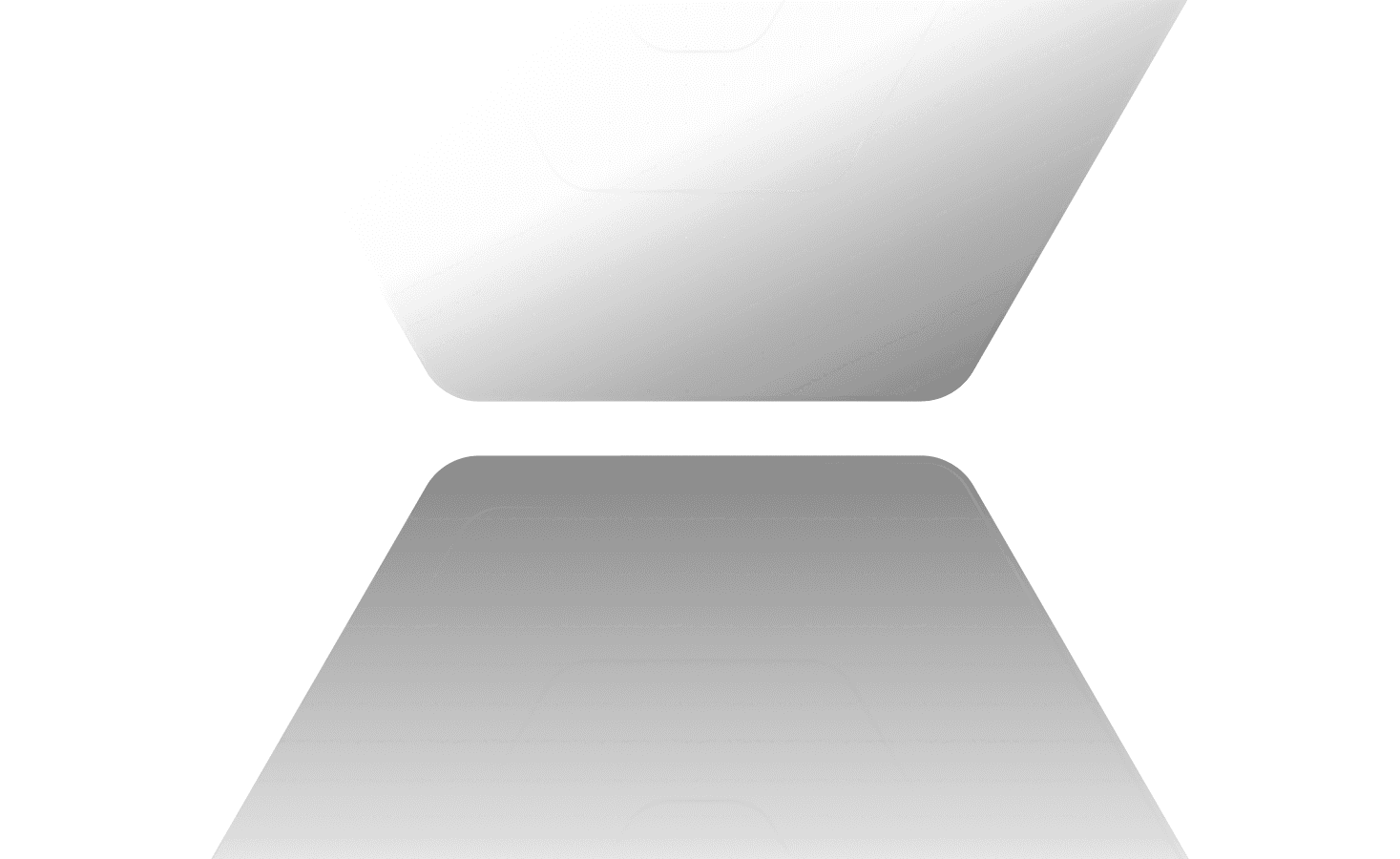
Graphic Design
Creative Design in the AI Era.
The integration of AI into creative workflows has reached a tipping point. Generative AI usage among business leaders jumped from 55% to 75% in just one year, signaling a fundamental shift in how creative work is conceived, executed, and delivered. This transformation extends beyond simple automation it's redefining the very nature of creativity itself.
Key indicators of this seismic shift include:
AI tools analyzing trends, audience preferences, and cultural shifts in real time
Democratization of design through accessible AI platforms
Hyper personalized design experiences tailored to individual user preferences
Integration of voice activated design tools and 3D capabilities
Revolutionary Design Trends Reshaping the Industry
Generative Design: The Creative Multiplier
Generative design is like having an always-on brainstorming partner. Designers feed AI their vision colors, themes, or goals and receive countless variations to refine. This isn't about replacing creativity but accelerating it exponentially.
Key developments in generative design:
Photorealistic AI imagery: AI generated images are now indistinguishable from real photographs, enabling cost effective visual content creation
Dynamic content generation: Realtime adaptation of designs based on user behavior and preferences
Automated ideation: AI suggesting design variations that human designers might never consider
The Human AI Creative Partnership
By 2025, there will be closer collaboration between humans and machines. AI won't replace designers but will become a partner that streamlines the creative process. Designers use AI to generate initial options, then refine them with human intuition and emotional intelligence.
This partnership manifests through:
AI handling repetitive tasks while designers focus on strategy and conceptual work
Voice activated design tools allowing hands free creative adjustments
AI powered accessibility features ensuring inclusive design by default
The Return to Authenticity
Paradoxically, as AI capabilities expand, there's a strong counter trend toward human authenticity. In rebellion against AI generated imagery, we're seeing a shift towards the earthy and analog, using elements like organic lettering, earthen textures, and hand crafted elements.
This trend includes:
Hand drawn illustrations and doodles
Grainy textures and imperfect design elements
Measuring Creative Design ROI: Beyond Aesthetics
The impact of creative design on business outcomes has never been more measurable or significant. Modern analytics enable precise tracking of design effectiveness across multiple dimensions.
Key Design Performance Metrics
Brand Recognition and Recall: 57% of customers increase spending when they feel connected to a brand, while 76% choose that brand over competitors. Design plays a crucial role in building these emotional connections.
Conversion Impact: Creative design directly influences:
Video content delivers ROI 49% faster than text-based content
User generated content sees 4.5x increase in conversion rates
Visual consistency across channels drives higher engagement rates
Operational Efficiency: AI design tools deliver:
10x content output with smaller teams
Reduced design iteration cycles from weeks to hours
Advanced ROI Calculation for Creative Design
Email marketing with strong visual design generates $42 for every $1 spent. To accurately measure creative design ROI:
Track Multi Touch Attribution: Design influences every customer touchpoint
Measure Brand Lift: Compare brand metrics before and after design transformations
Monitor Engagement Metrics: Time on site, social shares, and interaction rates
Calculate Customer Lifetime Value: Strong design increases retention and loyalty
Real World Design Transformation Success Stories
Spotify: Designing the Sound of Music
Spotify's UX design showcases how understanding user needs and integrating social features can transform an app. With 574 million monthly active listeners, Spotify's design strategy focuses on:
Personalization at Scale: Features like "Discover Weekly" use AI to create tailored experiences
Visual Language: Vibrant gradients and dynamic typography that feel like music
Social Integration: Design elements that foster community and sharing
Airbnb: From Startup to Design Icon
Airbnb's 2014 rebrand introduced the "Bélo" logo a symbol anyone can draw, representing belonging across cultures. Key design decisions:
Custom "Rausch" coral pink color that stands out in a sea of blue tech companies
"Cereal" typeface that feels approachable and modern
Photography style that emphasizes authentic human experiences
Slack: Making Work Feel Creative
Slack transformed enterprise communication through playful design. Their approach includes:
11 colors representing different communication aspects
Quirky illustrations adding humanity to workplace tools
Design that makes people "look forward to using a work tool"
Duolingo: Gamifying Learning Through Design
Since 2011, Duolingo has amassed over 500 million downloads by making language learning addictive through design:
Gamification elements that create dopamine-driven engagement
Cheerful character design that reduces learning anxiety
Progress visualization that motivates continued use
Technologies Powering Creative Design Evolution
AI Design Platforms
Modern creative tools are transforming how designers work:
Generative AI Tools: DALL-E, Midjourney, and Adobe Firefly allow designers to generate illustrations simply by providing text descriptions
Realtime Collaboration: Figma and similar platforms integrate AI features for faster decision making
Voice Activated Design: Tools enabling hands free design adjustments through voice commands
Data Driven Design Intelligence
AI enables designers to make accurate, data driven decisions:
Analyzing user behavior to improve UX/UI
Predicting design trends before they emerge
A/B testing at scale with AI generated variations
Accessibility by Default
AI automatically adjusts designs for accessibility:
Realtime contrast checking
Automated alt-text generation
Inclusive design suggestions
Strategic Implementation: Building Your Design Transformation
Phase 1: Foundation (0-90 Days)
Audit Current Design Processes: Identify bottlenecks and inefficiencies
Select AI Tools: Choose platforms that integrate with existing workflows
Train Your Team: Ensure designers understand AI capabilities and limitations
Establish Metrics: Define how you'll measure design impact
Phase 2: Integration (3-6 Months)
Pilot AI Projects: Start with low risk, high visibility initiatives
Develop Brand Guidelines: Create rules for AI assisted design
Build Feedback Loops: Gather data on design performance
Scale Successful Approaches: Expand what works across teams
Phase 3: Transformation (6-12 Months)
Full AI Integration: Deploy AI across all design workflows
Advanced Personalization: Implement dynamic, user specific design
Predictive Design: Use AI to anticipate design trends
Continuous Optimization: Refine based on performance data
Overcoming Common Challenges Despite the potential, organizations face significant obstacles:
Maintaining Brand Authenticity
The increased saturation of AI generated content drives renewed interest in authentic brand building. Solutions:
Establish clear guidelines for AI use
Maintain human oversight on all creative output
Balance efficiency with emotional resonance
Skill Gap Management
The role of designers is shifting from technical executors to strategic thinkers. Address this through:
Continuous learning programs
Hiring for adaptability over specific skills
Creating mentorship programs
Ethical Considerations
Questions about AI generated work ownership and algorithmic bias require:
Clear policies on AI usage
Diverse training data for AI systems
Transparency in AI-assisted design processes
Future-Proofing Your Creative Strategy
Emerging Technologies to Watch
AR/VR Integration: AI will enrich design experiences in virtual and augmented reality
Sustainable Design: AI helping designers make greener choices through material analysis
Emotional AI: Systems that can gauge and respond to user emotions in realtime
Building Design Resilience
To stay competitive:
Embrace Continuous Learning: Design tools and techniques evolve rapidly
Focus on Human Skills: Creativity, empathy, and strategic thinking remain irreplaceable
Build Flexible Systems: Create design processes that can adapt to new technologies
Measure Everything: Data driven design decisions outperform intuition alone
The Competitive Imperative
The gap between design leaders and laggards is widening dramatically. Organizations that master the AI human creative partnership are seeing:
Faster time to market for creative campaigns
Higher engagement rates across all channels
Improved brand recognition and loyalty
Significant cost savings through efficiency gains
As noted by design leaders, this moment feels pivotal in design history. Companies that fail to adapt risk:
Losing relevance with increasingly sophisticated audiences
Higher creative costs with lower output
Inability to personalize at scale
Falling behind in brand perception
Conclusion: Designing the Future
Creative design in 2025 represents the perfect synthesis of human creativity and machine intelligence. The most successful organizations are those that view AI not as a threat to creativity but as its greatest amplifier. By embracing data driven design decisions while maintaining human intuition and emotional intelligence, brands can create experiences that resonate deeply with audiences while achieving unprecedented efficiency.
The transformation is not about choosing between human and artificial intelligence it's about orchestrating them in harmony. As we progress through 2025 and beyond, the organizations that master this balance will define the future of brand experiences, customer engagement, and creative excellence.
Success in this new era requires courage to experiment, wisdom to maintain authenticity, and the strategic vision to see beyond immediate gains to long term transformation. The tools are available, the strategies are proven, and the opportunity is unprecedented. The only question remaining is: How quickly will you transform?



